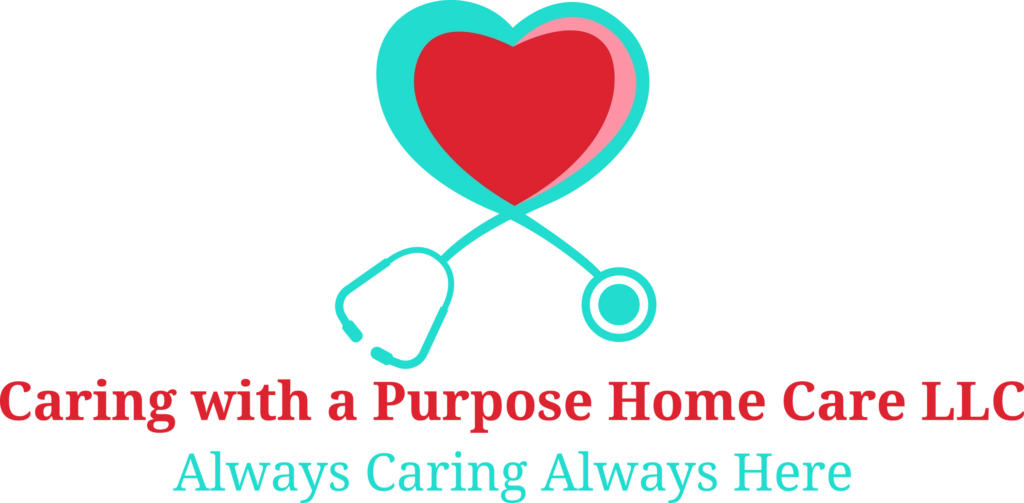Navigating the complexities of Medicaid waiver services can be daunting, but these services are crucial for providing seniors with the care they need while staying at home. This guide will help you understand Medicaid waiver services and how to get started, ensuring your loved ones receive the support they deserve.
What Are Medicaid Waiver Services?
Medicaid waiver services are designed to provide long-term care for seniors and individuals with disabilities in a home or community-based setting, rather than in institutional care like nursing homes. These waivers allow states to “waive” certain Medicaid requirements, enabling them to offer a wider range of services.
Key Benefits of Medicaid Waiver Services
1. Home-Based Care
Medicaid waiver services support home-based care, allowing seniors to remain in their homes while receiving necessary medical and personal care. This setting is often more comfortable and familiar for the individual.
2. Comprehensive Support
These services offer comprehensive support, including personal care, homemaker services, transportation, and case management. The goal is to provide all-encompassing care that addresses both medical and non-medical needs.
3. Cost-Effective
Home-based care under Medicaid waivers is generally more cost-effective than institutional care. It reduces the financial burden on families while providing high-quality care.
4. Enhanced Quality of Life
By receiving care at home, seniors can maintain their independence and stay connected with their community and family. This arrangement often leads to improved mental and emotional well-being.
Eligibility for Medicaid Waiver Services
Eligibility criteria for Medicaid waiver services vary by state, but common requirements include:
- Age: Typically for seniors aged 65 and older.
- Income: Applicants must meet specific income requirements.
- Medical Necessity: The individual must require a level of care that would be provided in a nursing home.
- Residency: Must be a resident of the state offering the waiver.
Steps to Get Started with Medicaid Waiver Services
1. Determine Eligibility
The first step is to determine if your loved one is eligible for Medicaid waiver services. This involves assessing their income, medical needs, and residency status. Contact your state’s Medicaid office or visit their website for detailed eligibility criteria.
2. Complete the Application
Once eligibility is confirmed, complete the application for Medicaid waiver services. This process may involve filling out forms, providing documentation, and undergoing assessments. It’s crucial to gather all necessary information and submit it promptly.
3. Undergo an Assessment
An assessment will be conducted to determine the level of care needed. This assessment typically involves a healthcare professional evaluating the individual’s physical and cognitive abilities, as well as their daily living needs.
4. Develop a Care Plan
Based on the assessment, a personalized care plan will be developed. This plan outlines the specific services and support the individual will receive. It may include personal care, homemaker services, meal preparation, transportation, and more.
5. Select a Service Provider
Choose a service provider from the list of approved Medicaid providers. Ensure the provider aligns with your loved one’s needs and preferences. You may want to visit the provider’s facility or meet with their staff to make an informed decision.
6. Begin Receiving Services
Once the care plan is approved and a provider is selected, services can begin. Regular reviews and assessments will ensure that the care plan continues to meet the individual’s needs.
Tips for a Smooth Process
Stay Informed
Stay informed about the Medicaid waiver services available in your state. Each state has different programs and services, so understanding your options is crucial.
Keep Documentation Organized
Keep all documentation organized and readily available. This includes medical records, income statements, identification, and any correspondence with Medicaid offices or service providers.
Communicate Regularly
Maintain regular communication with healthcare providers, case managers, and Medicaid offices. Clear and consistent communication helps address any issues promptly and ensures continuous care.
Advocate for Your Loved One
Be an advocate for your loved one throughout the process. Ensure their needs and preferences are prioritized in the care plan and that they receive the highest quality of care.
Conclusion
Medicaid waiver services are essential for providing comprehensive, cost-effective care to seniors in a home-based setting. Understanding the benefits, eligibility requirements, and application process can help you navigate these services and ensure your loved ones receive the care they need. For more information on our Medicaid waiver services, visit our Medicaid Waiver Services page. For detailed information about our services and to see our reviews, visit our Google business profile.


